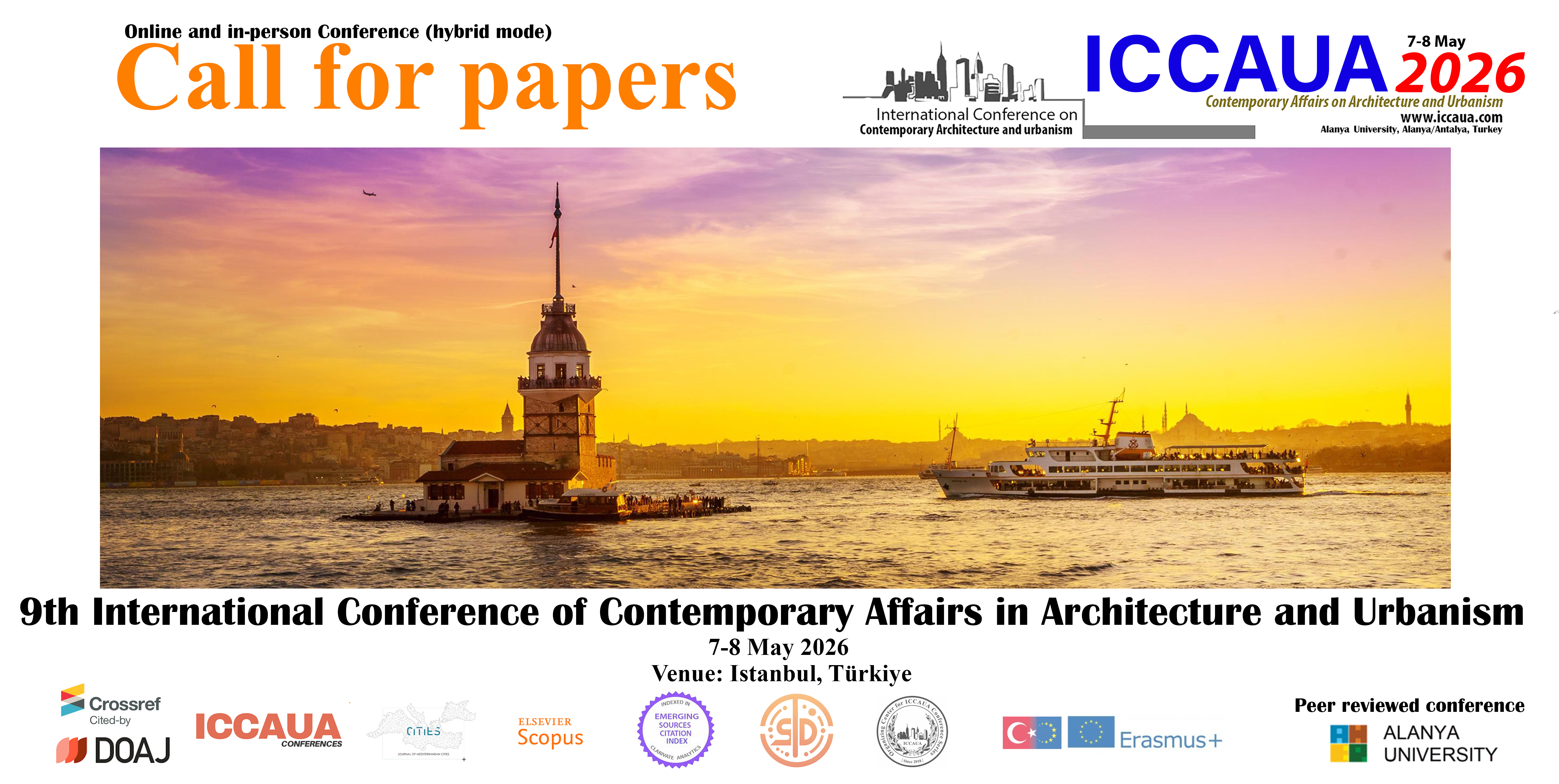Reviving Surface Water Bodies with Ecological Resilience Through WSUD Approach: A Case of Rajshahi City, Bangladesh.
DOI:
https://doi.org/10.38027/iccaua2023en0181Abstract
Ecological resilience is a measure of an ecosystem's ability to recover rapidly from disruption. Human interventions and urbanization dramatically affect surface water bodies over land, which are integral parts of the ecosystem. There were approximately 729 ponds and canals in 2002, but only 393 remain in 2011, which increases temperatures, waterlogging, and drought conditions. As pollutants enter water bodies through rainwater, they disrupt the ecosystem and ecology. This paper provides an overview of the research and implementation, focused on Water-Sensitive Urban Design toward ecological resilience. In line with the theory, the outcomes are impressive, and fruitful, in addition to improving ecological resilience. These can provide direction on Rajshahi’s future waterbody preservation process. As the method provides a relative assessment of resilience and makes some basic assumptions, additional research is needed to explore assessment methods that account for this effect.
Downloads
Downloads
Published
How to Cite
Issue
Section
License
Copyright (c) 2023 Md. Asaduzzaman, Prithwiraj Hore Durlov, Mehnaz Khan

This work is licensed under a Creative Commons Attribution 4.0 International License.


















